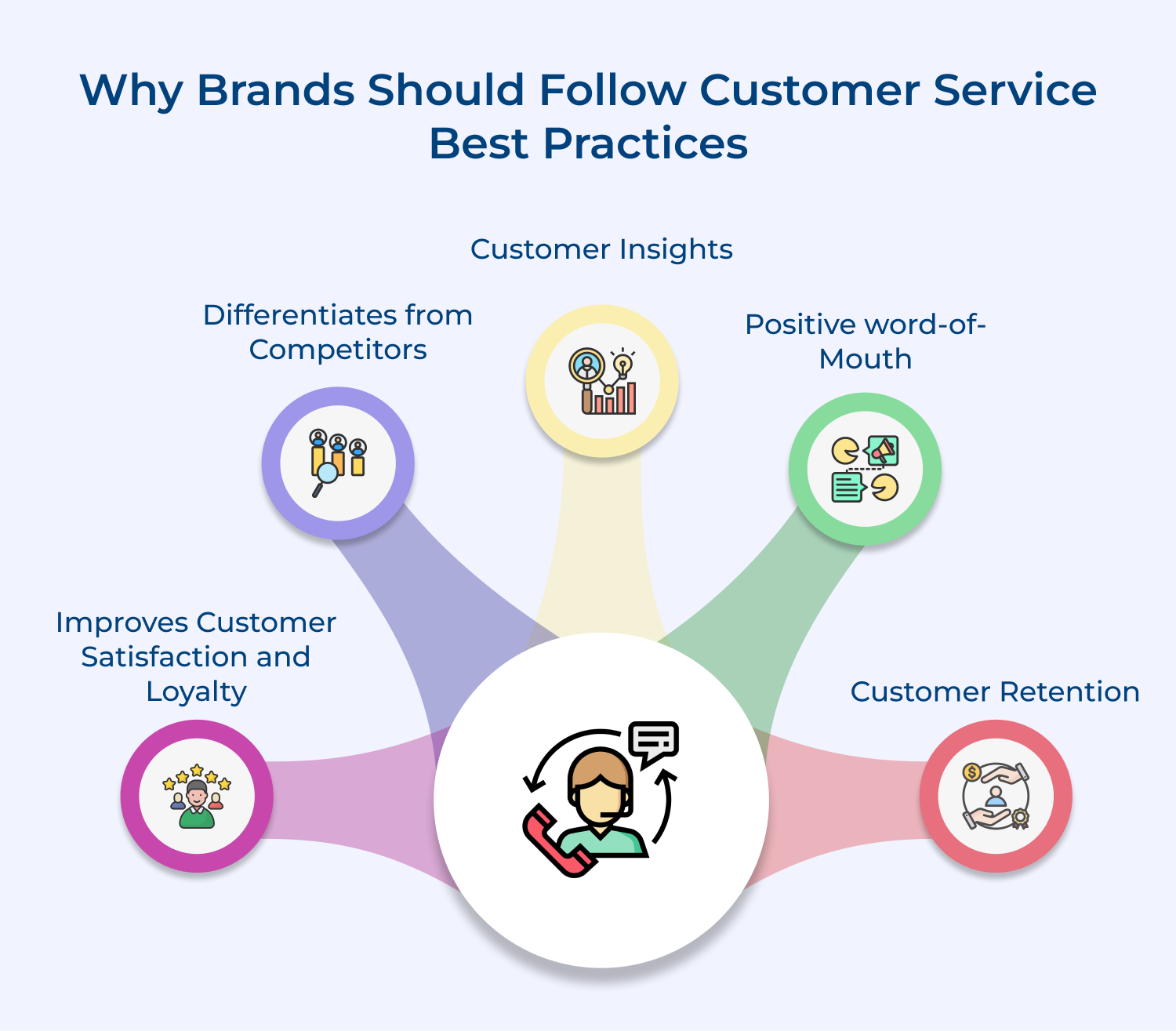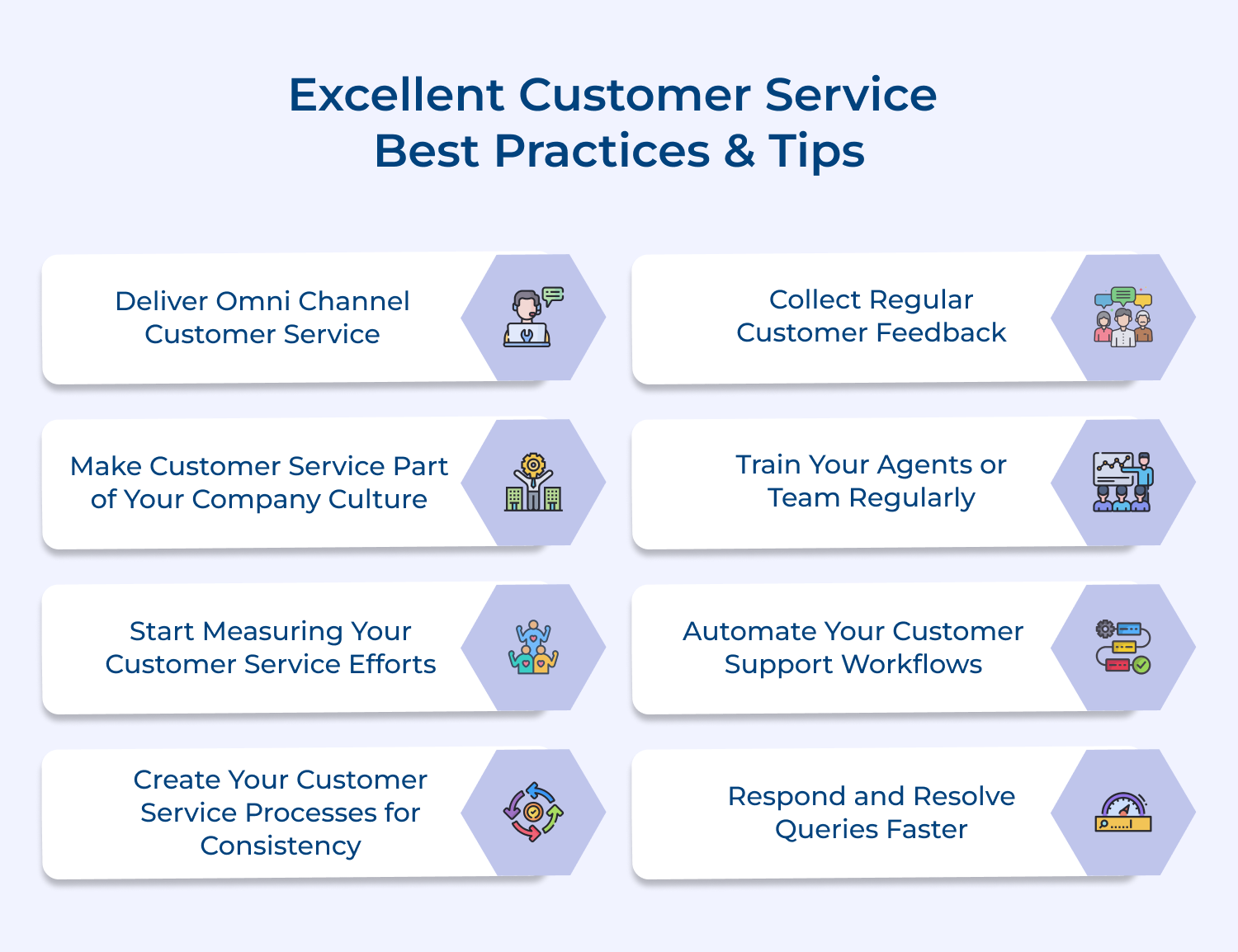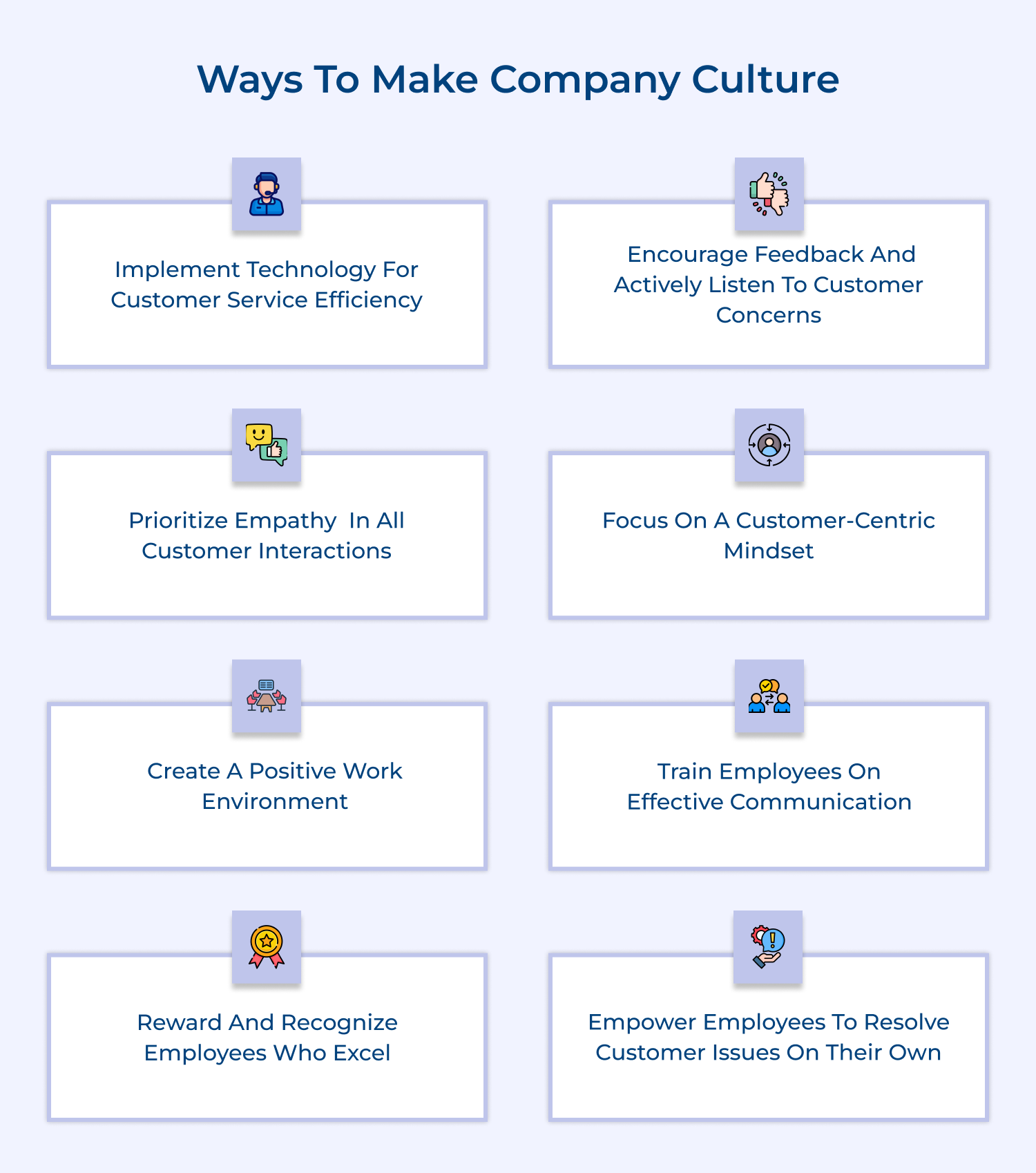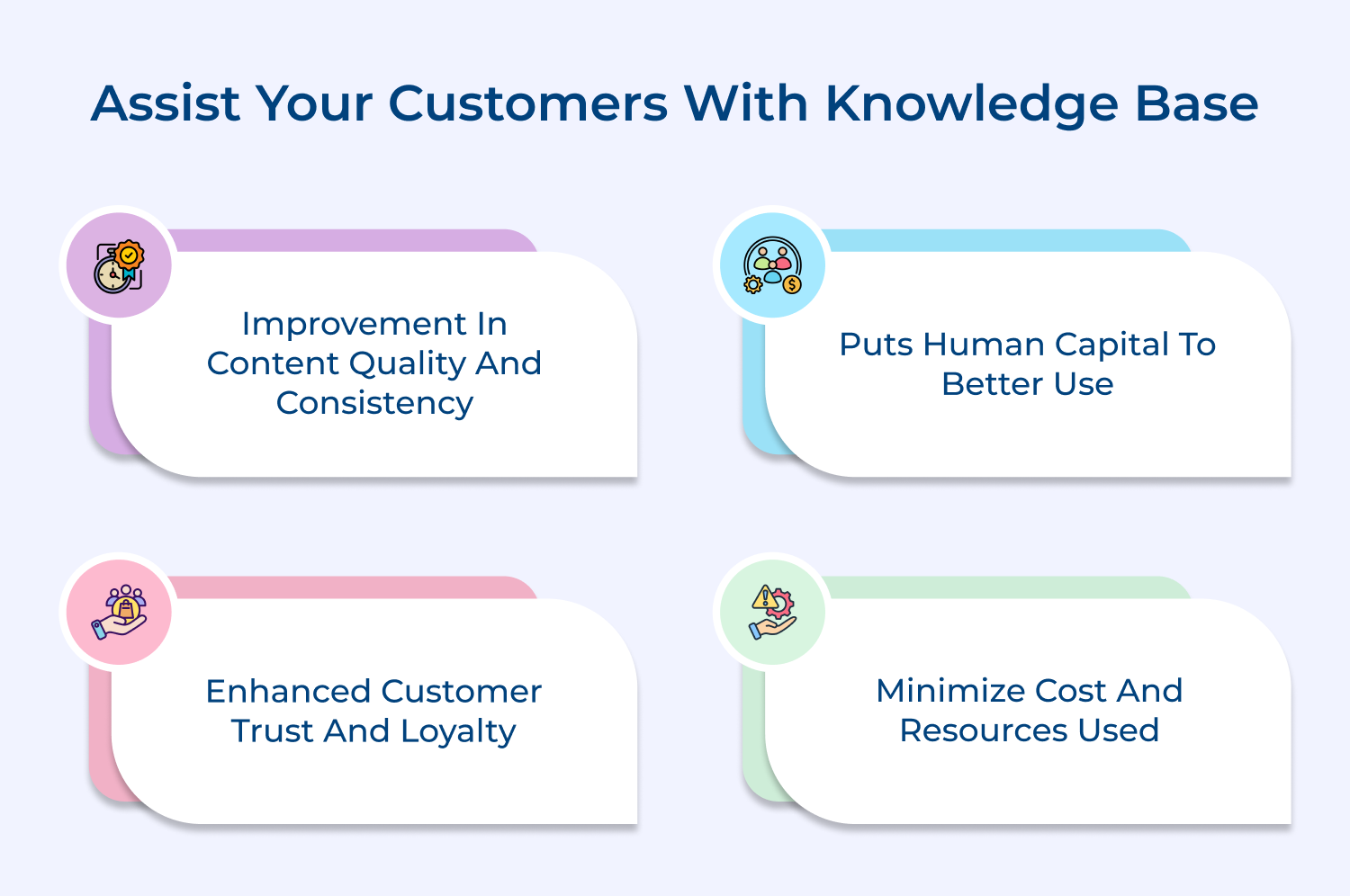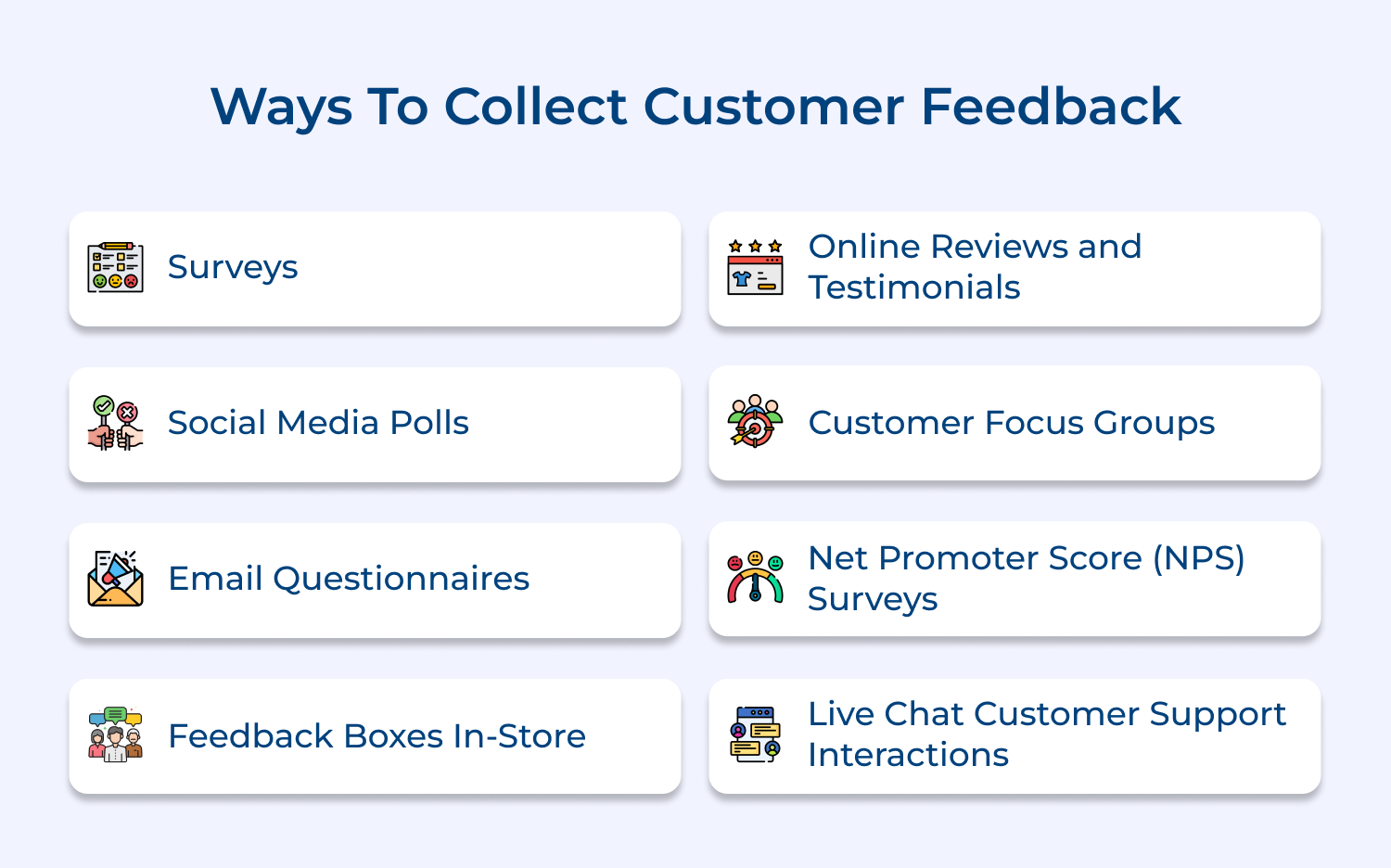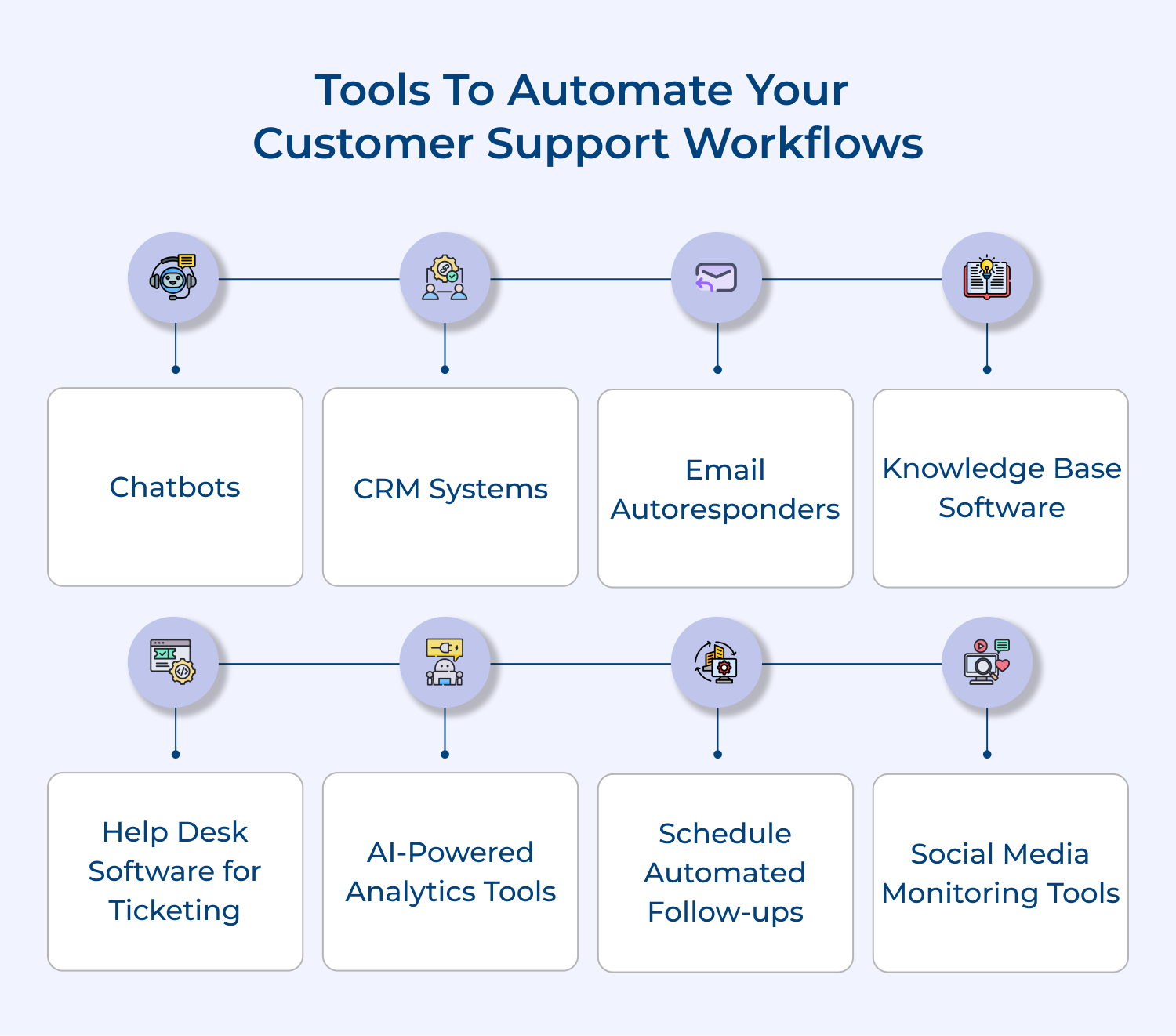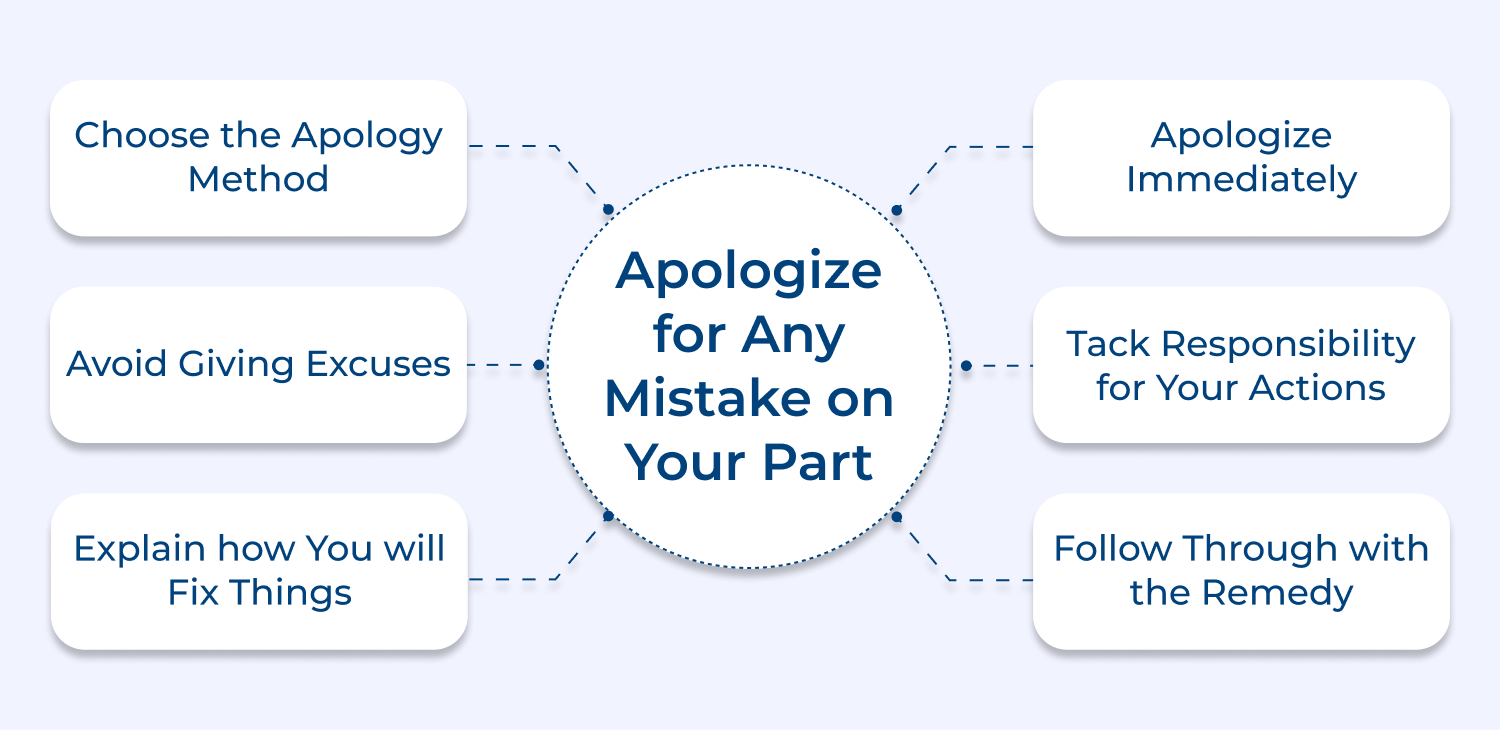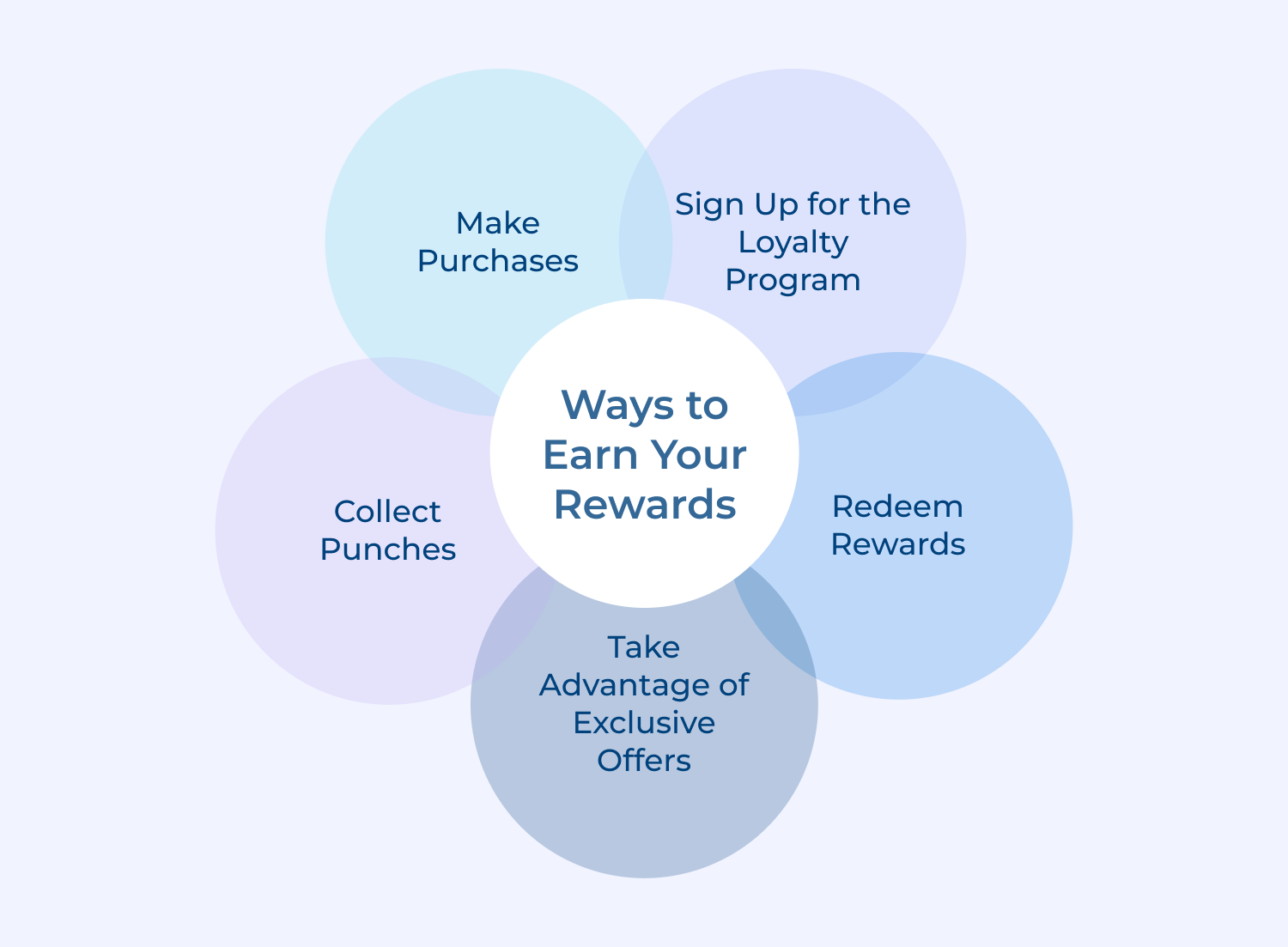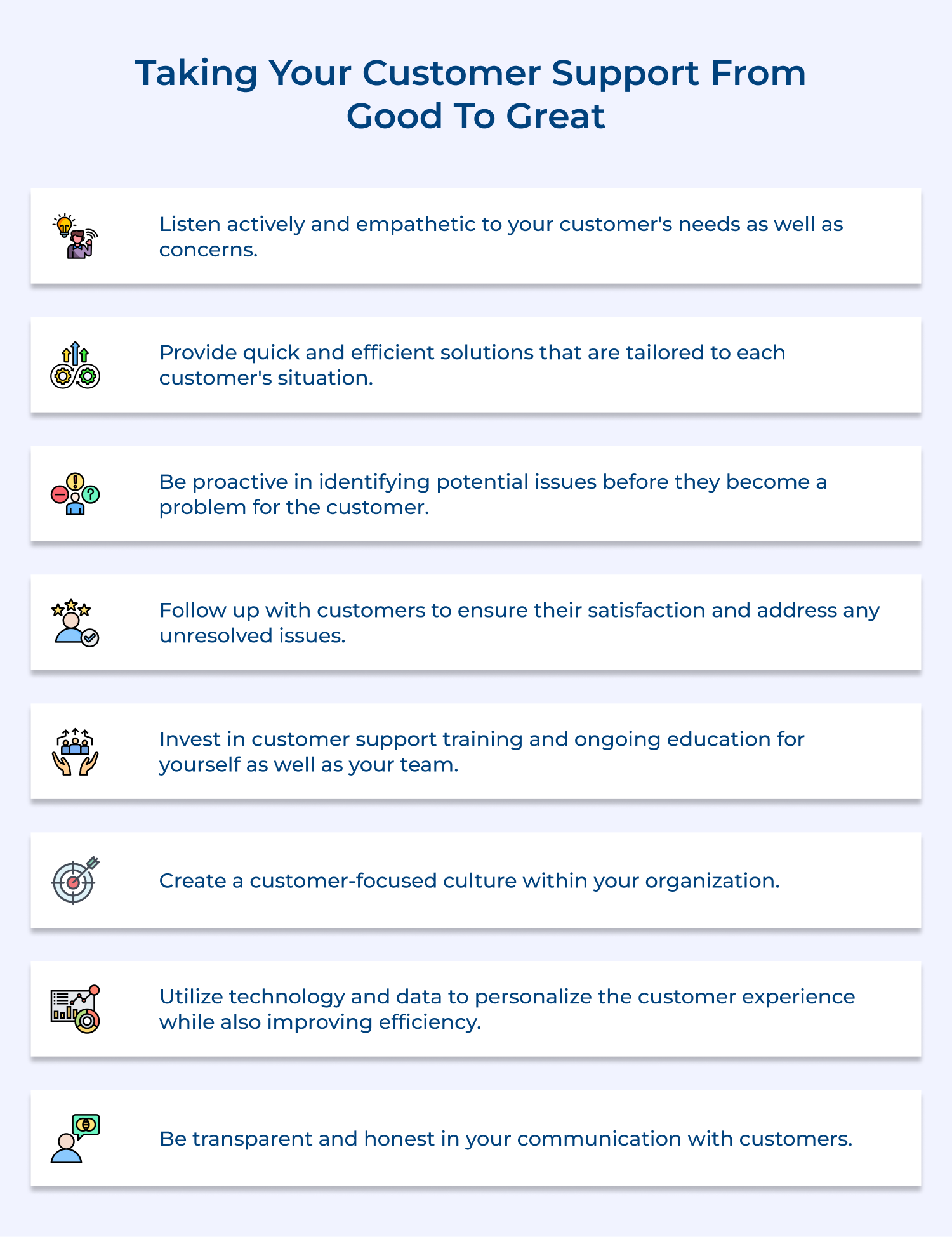Here are some pro tips:
- Categorize articles and use tags to ensure easy navigation to relevant content.
- As your products or services evolve, it’s crucial to keep your knowledge base up to date to provide accurate information.
- Incorporate visuals, videos, and other multimedia elements to make your knowledge base visually appealing.
6. Automate with Chatbots, but Keep Human Touch
Chatbots can be valuable tools for automating routine customer inquiries and providing instant responses. It’s important to strike the right balance and ensure that human interaction is available when needed. Train your chatbots to recognize when a customer requires human assistance and seamlessly transfer them to a live agent.
Here are some pro tips:
- Invest time in training chatbots to handle the majority of routine customer queries as it reduces human intervention.
- Develop a seamless transition process between chatbots and human agents, allowing for smooth handoffs when necessary to create a well-supported interaction.
- Train your human representatives to prioritize empathy and understanding when taking over conversations.
7. Invest in Building a Community
Create an online community or forum where customers can interact with each other and share their experiences. Building an online community not only creates engagement but encourages customers to become brand advocates. Encouraging customers to connect and engage with your brand/fellow customers builds loyalty while also providing a platform for peer support.
Here are some pro tips:
- Regularly interact with community members by responding to their queries, comments, and concerns. It gives a sense of belonging and shows that you value their input.
- Provide exclusive offers, discounts, or early access to new products or services to incentivize community participation and reward loyalty.
8. Accept Criticism and Apply it Positively
Embrace customer feedback, both positive and negative. Take criticism as an opportunity to identify areas for improvement and implement necessary changes. Respond empathetically to customer complaints, showcasing your commitment to resolving their issues.
Here are some pro tips:
- Pay attention to what customers are saying, avoid becoming defensive or dismissive.
- Ask for specific examples or further explanations to better understand the criticism and find actionable solutions.
- Accept responsibility for any mistakes or shortcomings and demonstrate a willingness to rectify the situation.
9. Collect Regular Customer Feedback
Actively seek feedback from your customers through surveys, reviews, or feedback forms. Regularly assess their satisfaction levels, understand their needs, and incorporate their suggestions into your service strategy. Quality customer service operations show that you value their opinions and strive to continuously improve their experience.
